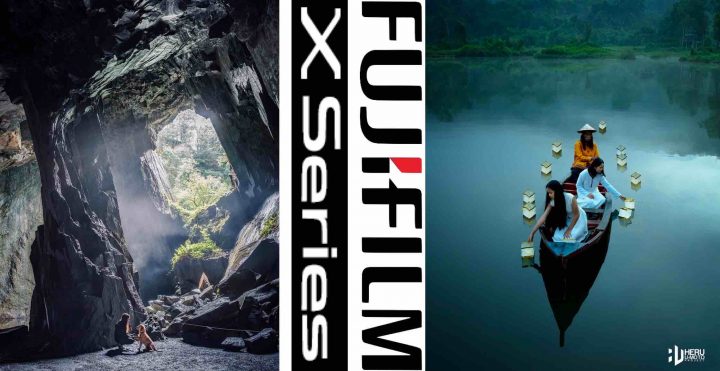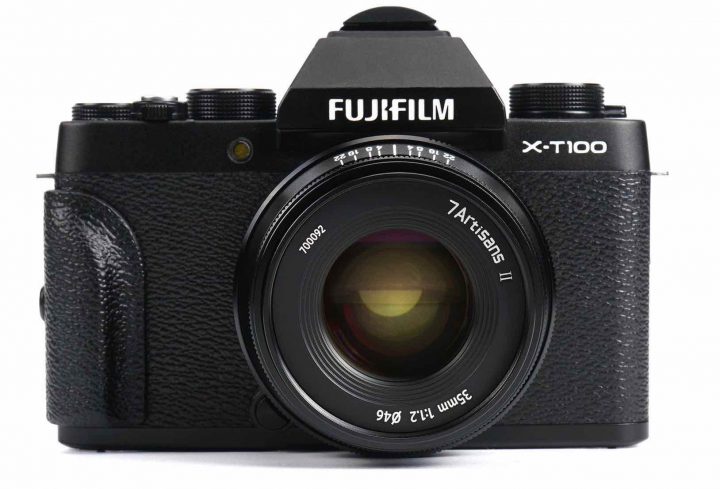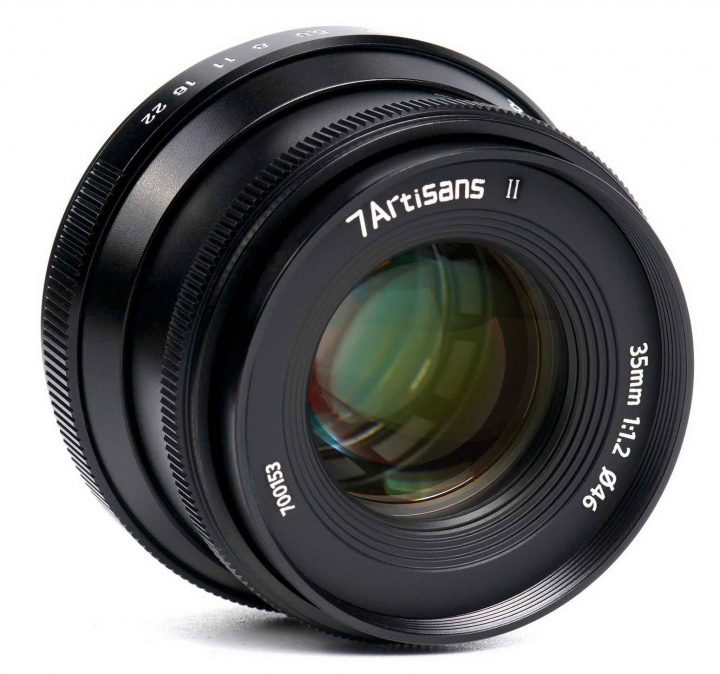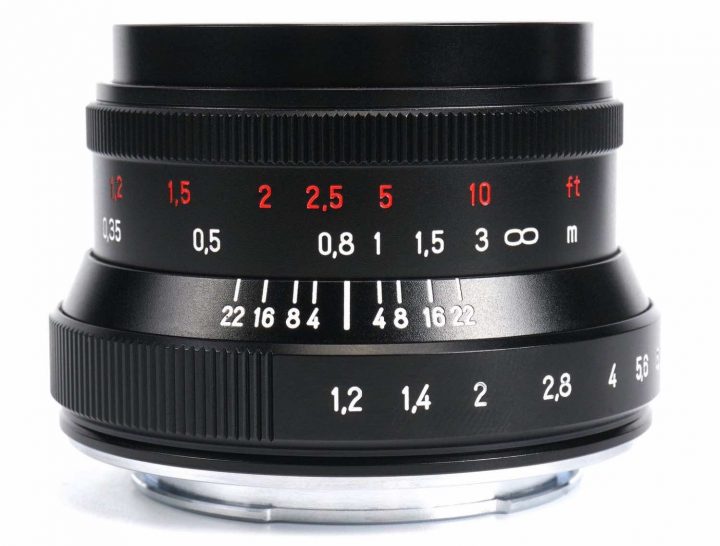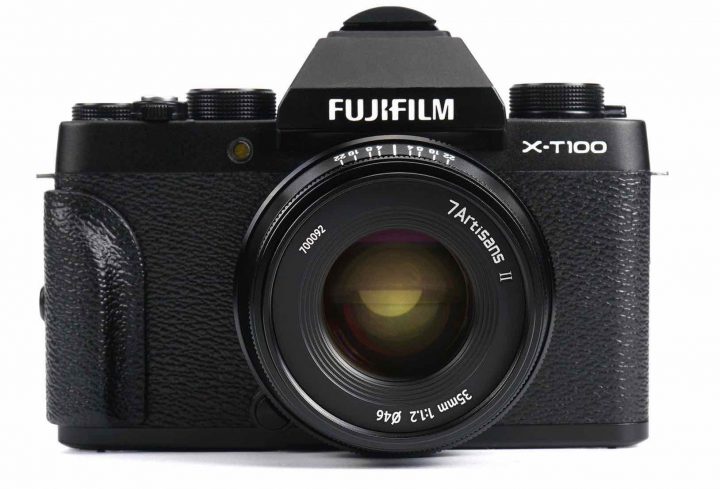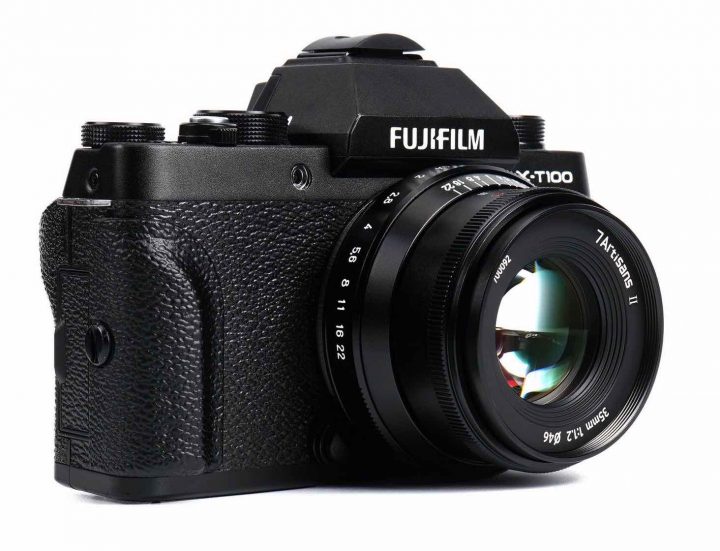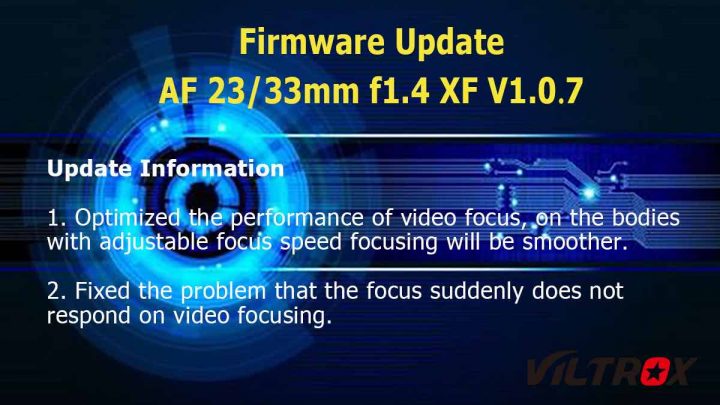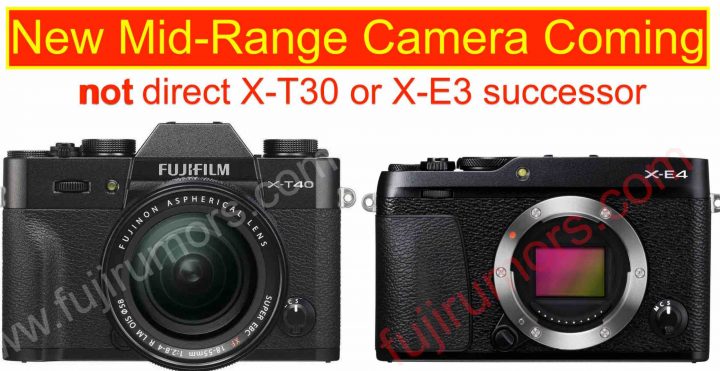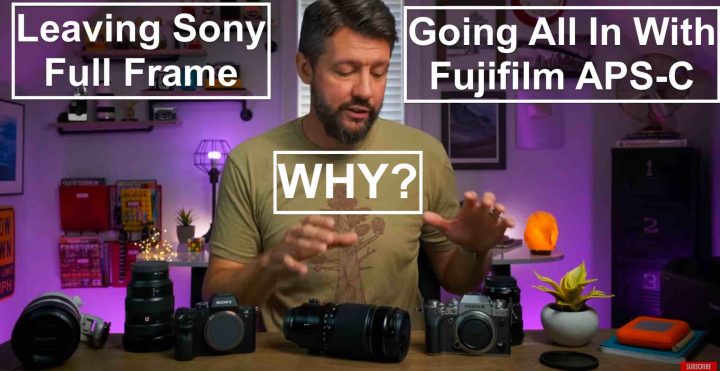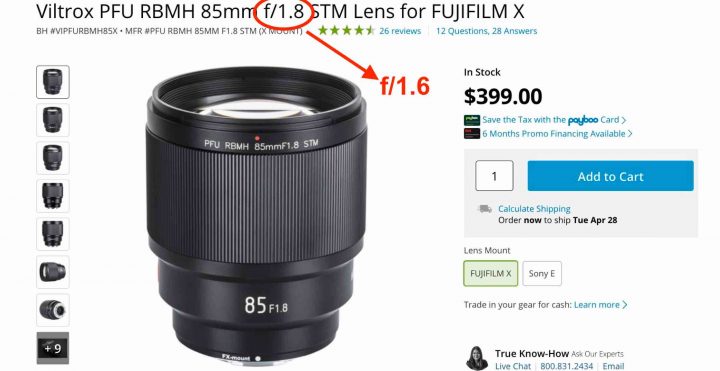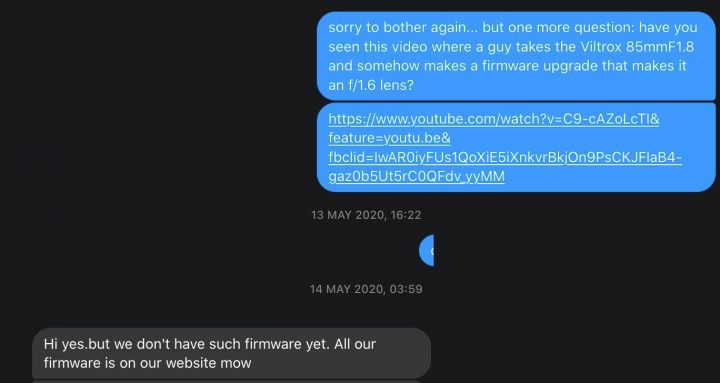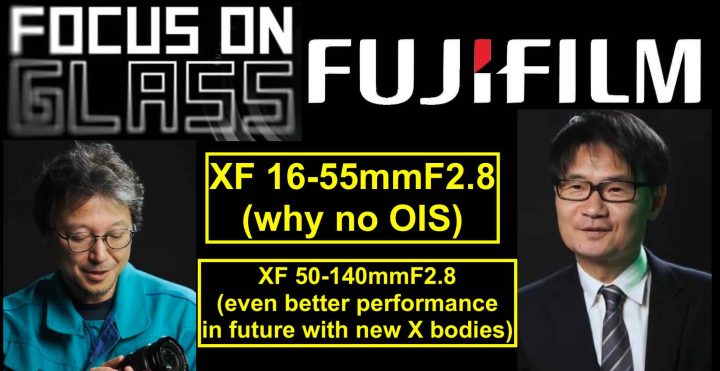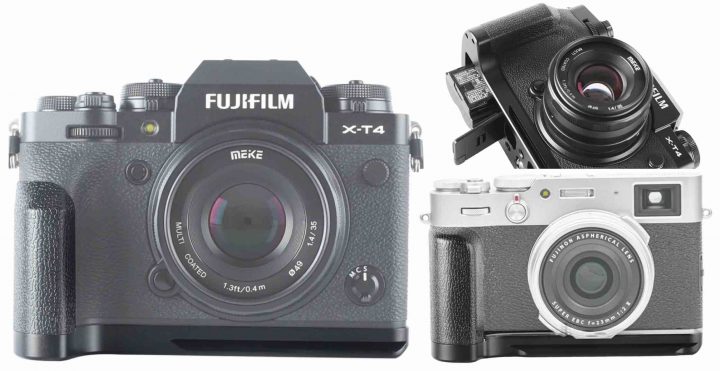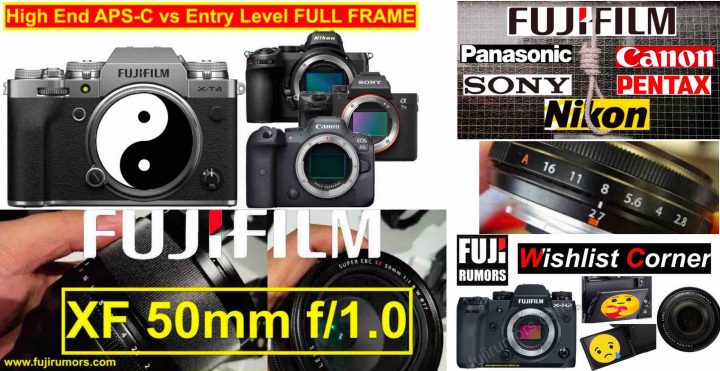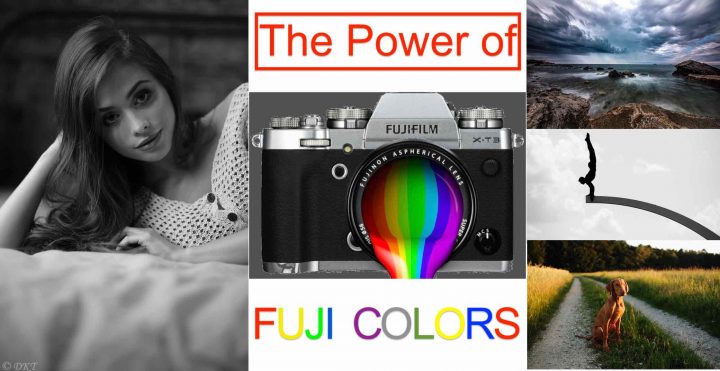Gear Talk Detox Corner: Enchanting and Inspiring Fujifilm APS-C Image Rounudp
There is something I can promise you: in terms of gear talk, we have exciting times ahead. Fujifilm ain’t sleeping ;).
But as exciting as it will be to talk rumors and specs, we should never forget that at the end of all this talk, there is one single goal: get the picture!
And little it matters, that the images down below have all been taken with Fujifilm X-T APS-C cameras and shared at our Fujifilm X-T facebook group.
Today it’s all about inspiration, motivation, ideas and art.
So, may this post motivate you to close that browser tab, where people discuss about the “zero-point-something” difference at 400% magnification between camera X and Y, grab your camera, and simply go out and take pictures.
Oh, and don’t forget:
… the by far fastest growing Fuji X community, is our Fujifilm film simulation group, where we showcase the unedited power of the much praised Fujifilm colors. Make sure to follow that group too, if you want to see what you can get right in camera.

